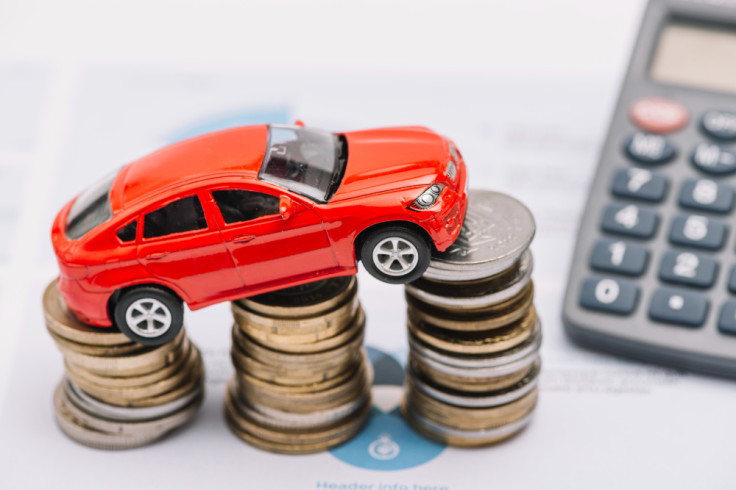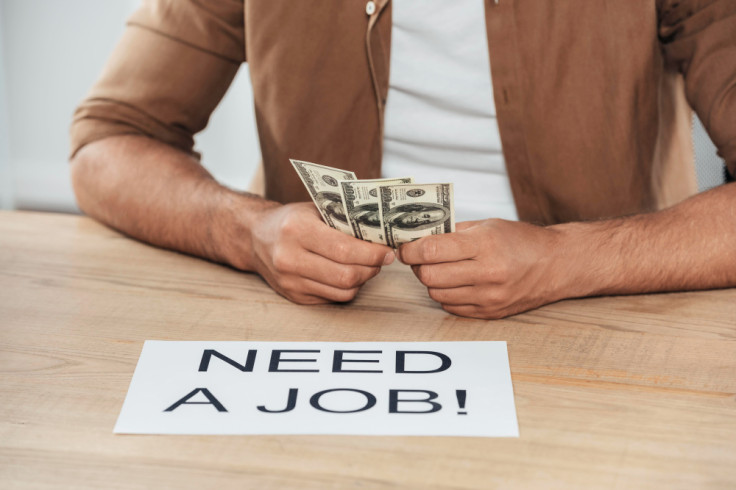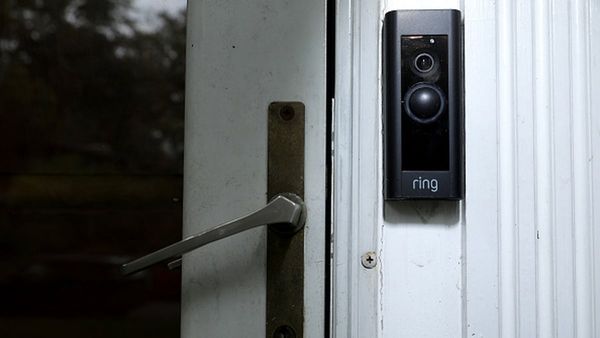
Households in the United States earning over $150,000 annually are increasingly falling behind on credit card and car loan payments, highlighting how inflation and high interest rates are straining even financially comfortable families.
Rising Defaults Among Affluent Americans
Recent data from the Federal Reserve Bank of New York shows a significant uptick in delinquency rates, particularly among high-income borrowers.
Delinquency rates rose in Q1 2025, reaching 4.3% of outstanding consumer debt—up from 3.6% in the previous quarter. While these figures signal broad financial strain, the New York Fed report does not reveal whether the surge disproportionately affected high‑income households.
Analysts suggest that ballooning living costs, coupled with inflated interest rates, are squeezing even the most affluent earners.
High earners are increasingly facing financial pressures as expenses like housing, childcare, and healthcare continue to rise. According to Bankrate's 2023 reports, many households making $80,000 or more struggle with budgeting due to these soaring costs.
Childcare expenses, in particular, can be among the highest monthly outlays, sometimes exceeding housing or transportation costs. At the same time, healthcare spending has steadily increased over the years, taking up a larger share of household budgets.
These rising essential expenses mean that even those with six-figure incomes may struggle to save or build financial security. Bankrate's data reveals that a significant portion of high-income earners report living paycheck to paycheck, underscoring how growing costs can erode financial stability regardless of income level.
Auto Loan Stress Hits All-Time High

Financial strain is evident in the auto sector. According to data from Fitch Ratings cited by Bloomberg, the percentage of subprime auto borrowers who were at least 60 days delinquent on their loans was 6.56% in January 2025, marking the highest level since the agency began collecting data in 1994.
However, the surprising twist is that even prime borrowers, including those earning over $150,000, are showing signs of distress.
The average monthly car payment in the US now exceeds $750, and for new vehicles, that figure can top $1,000, especially with interest rates for auto loans hovering around 7.5%.
Many high-income earners who financed luxury vehicles in previous years at lower rates are now struggling to refinance or trade them in at higher costs.
Cracks in the Job Market Despite Low Unemployment

While the US unemployment rate remains relatively low at 4.0%, cracks in the job market are becoming more visible. The tech sector, in particular, has seen significant layoffs over the past year, impacting thousands of high-income workers.
Companies like Google, Meta, and Salesforce have implemented rounds of job cuts since early 2024. Additionally, hiring freezes and slowdowns in salary growth are contributing to a sense of unease even among those still employed.
'Overall, workers still have more leverage and more job security than before the pandemic,' said Julia Pollak, Chief Economist at ZipRecruiter.
She added, 'I think job seekers comparing this environment to 2021 and 2022 do feel worse off. It's taking more effort to find a job, and job seekers are searching under greater financial strain now.'
This uneven job market exacerbates financial uncertainty for high-income earners, particularly those with substantial debts or high luxury expenses.
Lifestyle Inflation and Over-Leveraging

Experts also point to 'lifestyle inflation', the tendency to increase spending in line with income, as a significant factor behind the financial squeeze.
Many families who crossed the $150K threshold in the last few years may have taken on additional financial obligations, assuming continued growth.
Now, with mortgage rates above 7% and inflation still affecting essentials like healthcare, insurance, and groceries, their budgets are tighter than expected. Financial planners warn that over-leveraging reduces resilience to unexpected economic shocks, such as job loss or medical emergencies.
In some cases, it can lead to a precarious situation where high earners are just one missed payment away from damaging their credit scores and increasing borrowing costs.
'There are high-income households that blow through it all and can't save a dime, and there are households with very modest incomes that are prodigious savers,' said Greg McBride, Chief Financial Analyst at Bankrate.
'The common traits I've seen among good savers from all walks of life are the desire and discipline to save, making it a priority, a willingness to sacrifice and delay gratification, and keeping expenses in check.'
What This Means for the Broader Economy
The stress among high-income households has broader implications for the US economy. These consumers drive a substantial portion of spending on goods and services. If their disposable income contracts, it could trigger knock-on effects across multiple industries, including retail, travel, and real estate.
Financial institutions are also on alert. Rising delinquencies, even among those once considered low-risk, could impact lending criteria, making it harder for households to access credit or refinance existing debt.
The assumption that high-income earners are insulated from financial hardship is being challenged by a mix of inflation, high interest rates, and a shifting employment landscape. While the data doesn't suggest a collapse, it points to a broader re-evaluation of financial health across all income brackets.
The assumption that six-figure earners are immune to economic headwinds is being challenged. While the data does not yet signal a financial collapse, it underscores the fragility of household finances—even at the top end of the income scale.







